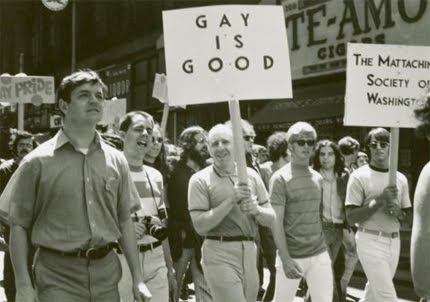used to designate a particular community or group of people as something “different” or “less than” what is considered to be socially and legally acceptable for citizenship.
“Othering” is exercised through systematic oppression and is often used to maintain hierarchical notions of white supremacy. Of course, this is not strictly used in the United States and has been employed globally to create status for the hierarchical elite. According to Bronski, “othering” has had two major effect towards minorities and those within the LGBT community. First, beginning with slavery, “othering” was used to help constructed a legal system that guides the perimeters for citizenship and non citizenship, leading the placement of second-class citizenship (Bronski, 23). Later on this legal system was applied to any marginalized group outside the assumed white heteronormative majority, including immigrants, LGBT, and the like. Second, the acceptance of legalized slavery helped reinforce the mainstream ideas about what is morally and sexually normal amongst society (Bronski, 23). This created many boundaries and consequences through binary language that promoted socially accepted normalcy and frowned upon deviant sexual inferiority. Therefore, “othering” was a way of presuming what was considered to be “less than” human according to Christian theology.



